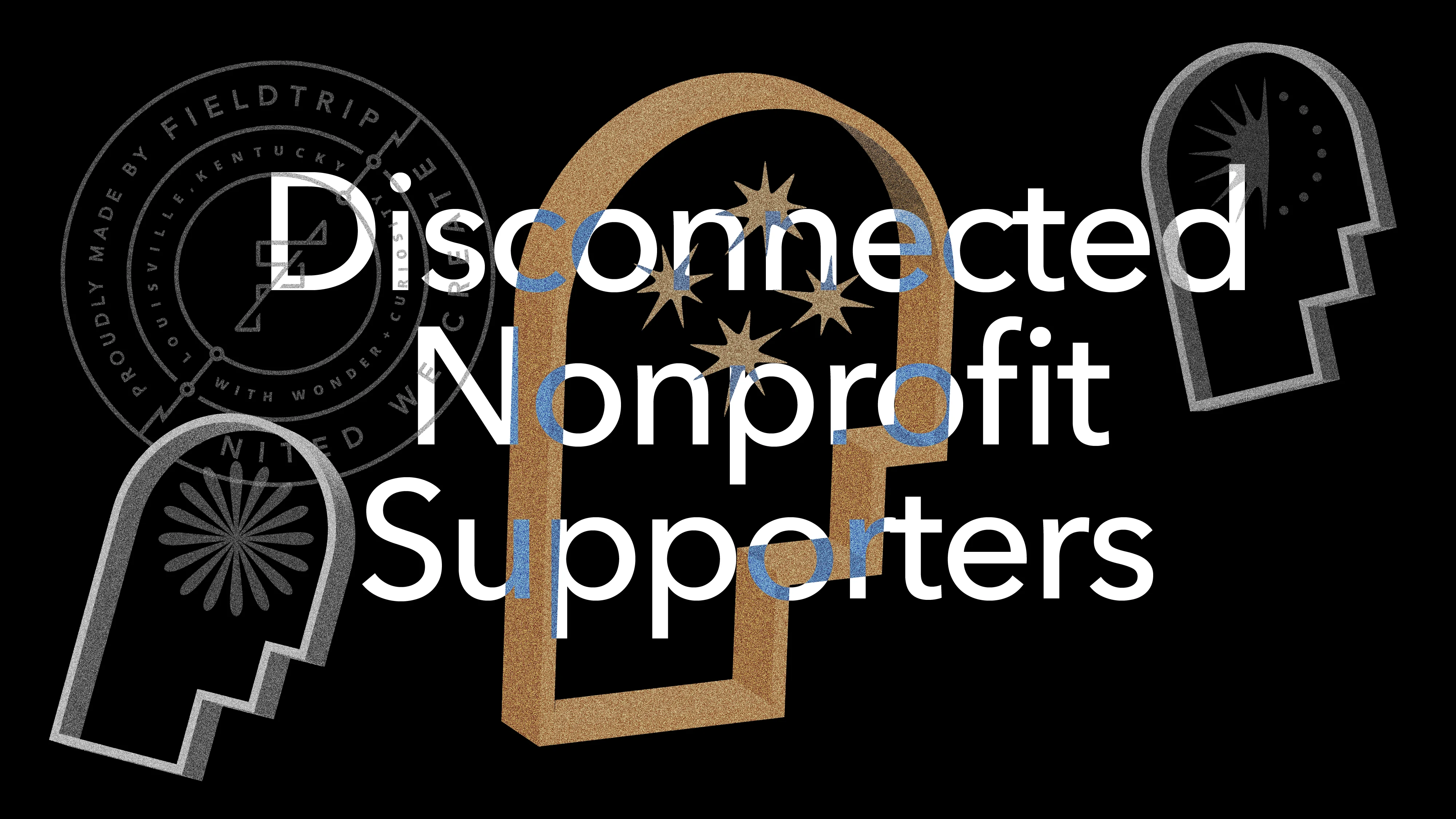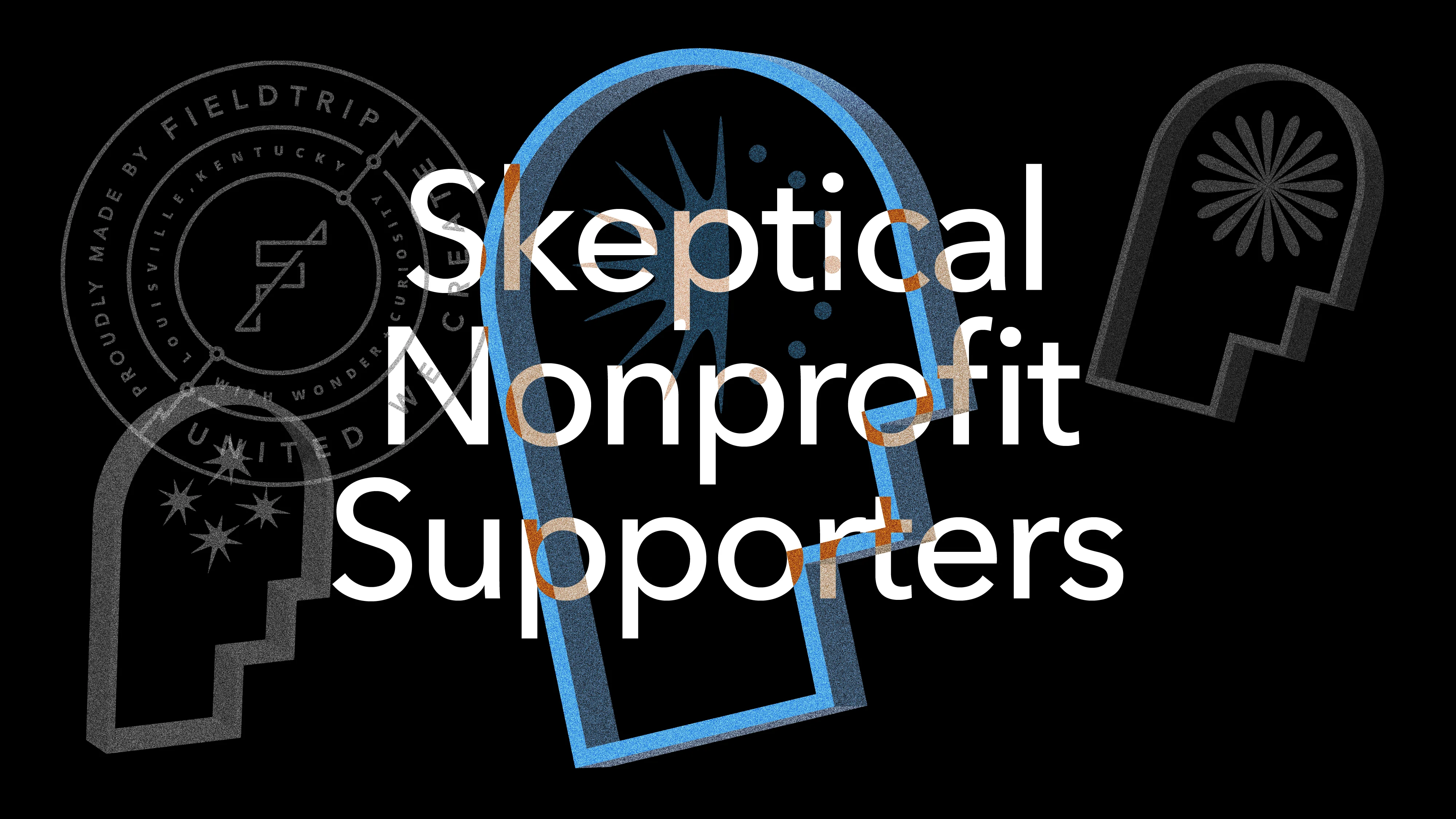Hello. I’m Jane Pfeiffer, founder and president of Fieldtrip. Fieldtrip is a marketing and branding firm specializing in working with nonprofits and purpose-driven organizations to help close the gap that separates them from the people that they support and help and those that have the time, money, resources and connections to help serve the mission. When you close that gap and eliminate the misperceptions and misguided beliefs, you have a mission multiplier.
Everything in the world is getting a little harder. The need is increasing, the world is moving at a faster pace. People are less interested, less involved, and the friction is just greater. It’s harder to make the same progress. For many organizations, staying flat is a win, and that’s not a sustainable solution when the need continues to grow.
What stands in our way? What are we struggling with? Well, here’s a few reasons to think about. First, it’s not your fault. It’s actually the model that’s involved. Nonprofits over the years have been conditioned and by the public to keep operating expenses extremely low and dedicate as much as possible to the mission. There’s report cards, GuideStar, other things that look at reporting the cost of operations in relationship to the amount of donations or revenue generated.
You’ve been told all along that marketing, branding, advertising, etc. is a bad and taboo subject. It’s a belief that we should be telling people about our mission, not selling them. Now, nobody likes the word “sales” but telling is informing. When you’re selling the right way, you’re inspiring and actually inviting people to join you. It starts with an emotion first, but that’s another conversation.
Consequently, the second reason is that many people, executive leaders, think of the communications effort as marketing or equal to marketing. Communications is vital. However the majority of that effort is going to people who already know you. It’s not a growth strategy. Yet even large organizations will have one, two, three people dedicated to communications. There’s often a belief that one piece of substantial content can just speak to everyone. One size fits all, not because they don’t know better. It’s just the lack of resources. Thinking that communication checks the box is a missed belief. Another mistake is that fundraising equals marketing. Of course, we have to communicate and build relationships with people to donate. Conversely asking for money is about us, not about them.
We have to show how they benefit. Being donors and/or volunteers, those you need to participate, benefit from aligning with us in fundraising. We also often assume that the audiences are aware of us, know what we do, and that they align with how we approach our solution and what our mission stands for. That’s a pretty big assumption. You know what happens when you assume. Now that I’m getting started, I can probably come up with more and more reasons, but I’ll leave you with one more today.
That’s the fact that nonprofits often believe they have multiple audiences. That’s the truth. We’ve worked with nonprofits where we’ve mapped out 20. Likewise, one organization had more than 30 different and unique audiences. That gets overwhelming, but it becomes much simpler when you focus on the one audience that matters- that’s the people that you serve. It seems a little counterintuitive to many that you should really market to the people that you serve. However, by doing so (or at least showcasing how you do) your website looks like it’s geared towards the people in need and that your efforts talk in a way that recognizes the need. Your other audiences will see that and believe that, “Wow, you’ve got this figured out.” There’s likely multiple nonprofits that serve the same sector that you do, but the one that can demonstrate that they get it- They are with the people that they serve.
They’re among them and they welcome them. Their focus is on serving that one core audience. Everybody else comes along. We’ve seen it happen time and time again. You really have one audience, and that’s the tangible thing you can take away today. If you want to stop struggling, the first thing you have to do is believe that marketing is a long term strategy, not an occasional operational expense. Change that thinking and then you can get the rest done. I promise it will come easier. And if not, just give me a call and I’ll give you a few more tips. Thanks for watching and visit wearefieldtrip.com/nonprofits.



